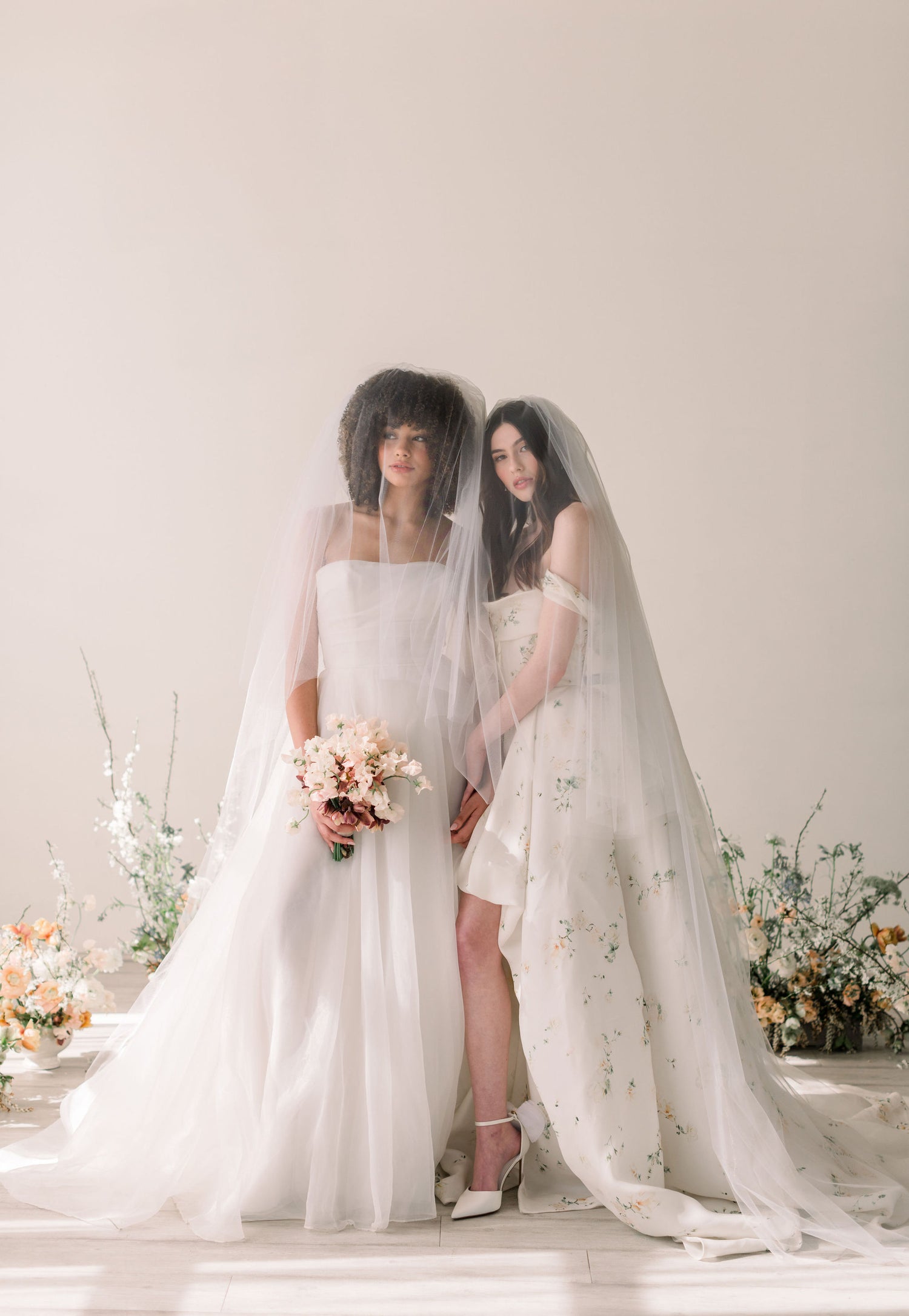
The history of the bridal veil and symbolism
Why do we still use bridal veils today? The bridal veil is a timeless and iconic part of the wedding ensemble, but where did it come from and how has it evolved over the years? Here's a brief history of the bridal veil:
The earliest recorded use of a bridal veil dates back to ancient Rome, where brides wore a long, flowing veil as a symbol of purity and virginity. This veil was also seen as a protective covering, warding off evil spirits and ensuring the bride's safety on her wedding day.
In medieval Europe, brides began wearing veils as a symbol of their submission to their husbands. The veil was also used to protect the bride's identity, as arranged marriages were common at the time and the bride's face was often covered until the wedding ceremony.
During the Victorian era, the bridal veil became a symbol of social status and wealth. Brides of the upper class often wore elaborate veils adorned with lace and other embellishments. It was also during this time that the traditional white wedding dress became popular, as it symbolized the bride's purity and innocence.
Today, the bridal veil is seen as a symbol of tradition and a way to add a touch of romance and glamour to the wedding ensemble. It can be worn in a variety of styles, from a simple and classic single tier veil to a more elaborate multi-tier veil with embellishments. No matter how it's worn, the bridal veil remains an important and enduring part of the wedding tradition.

